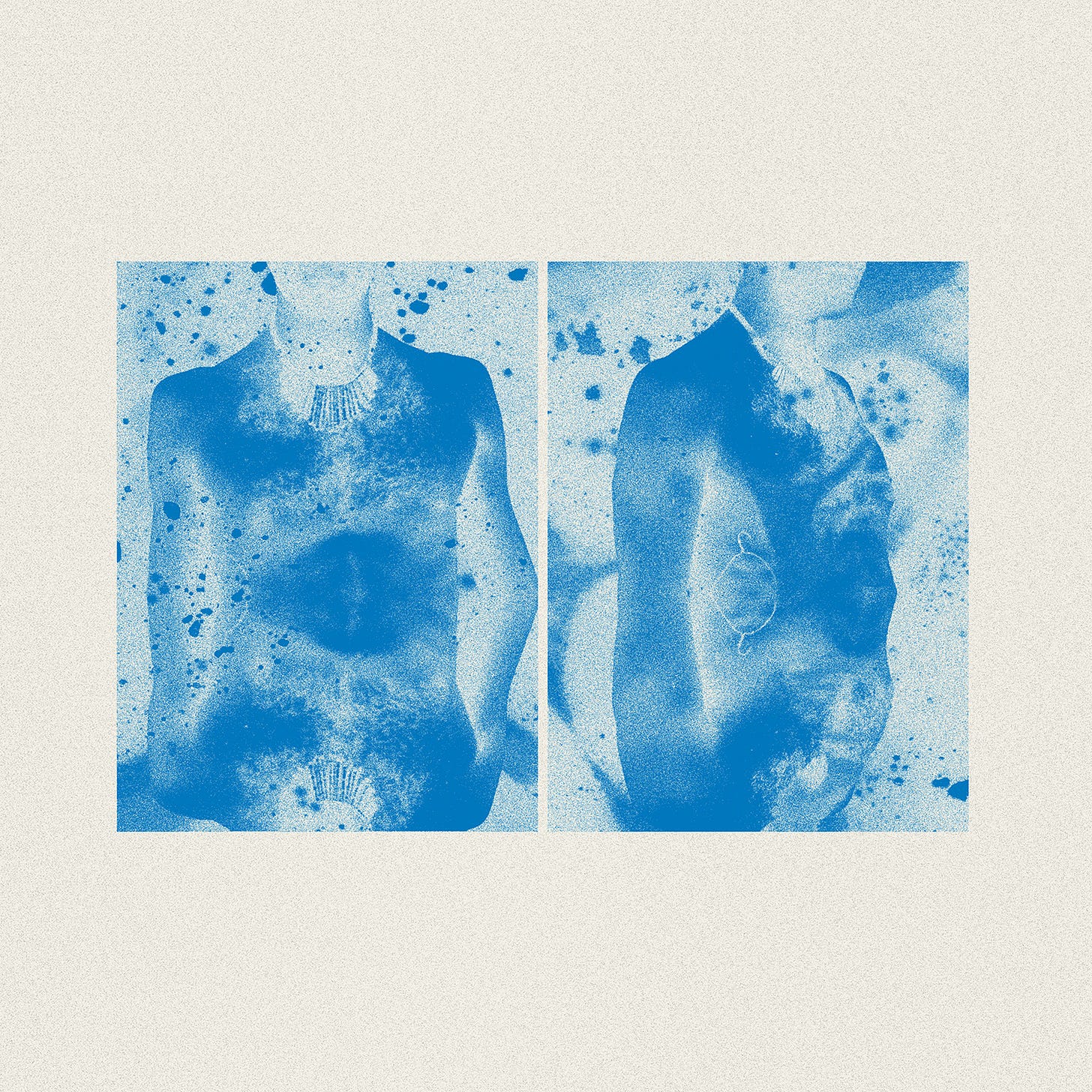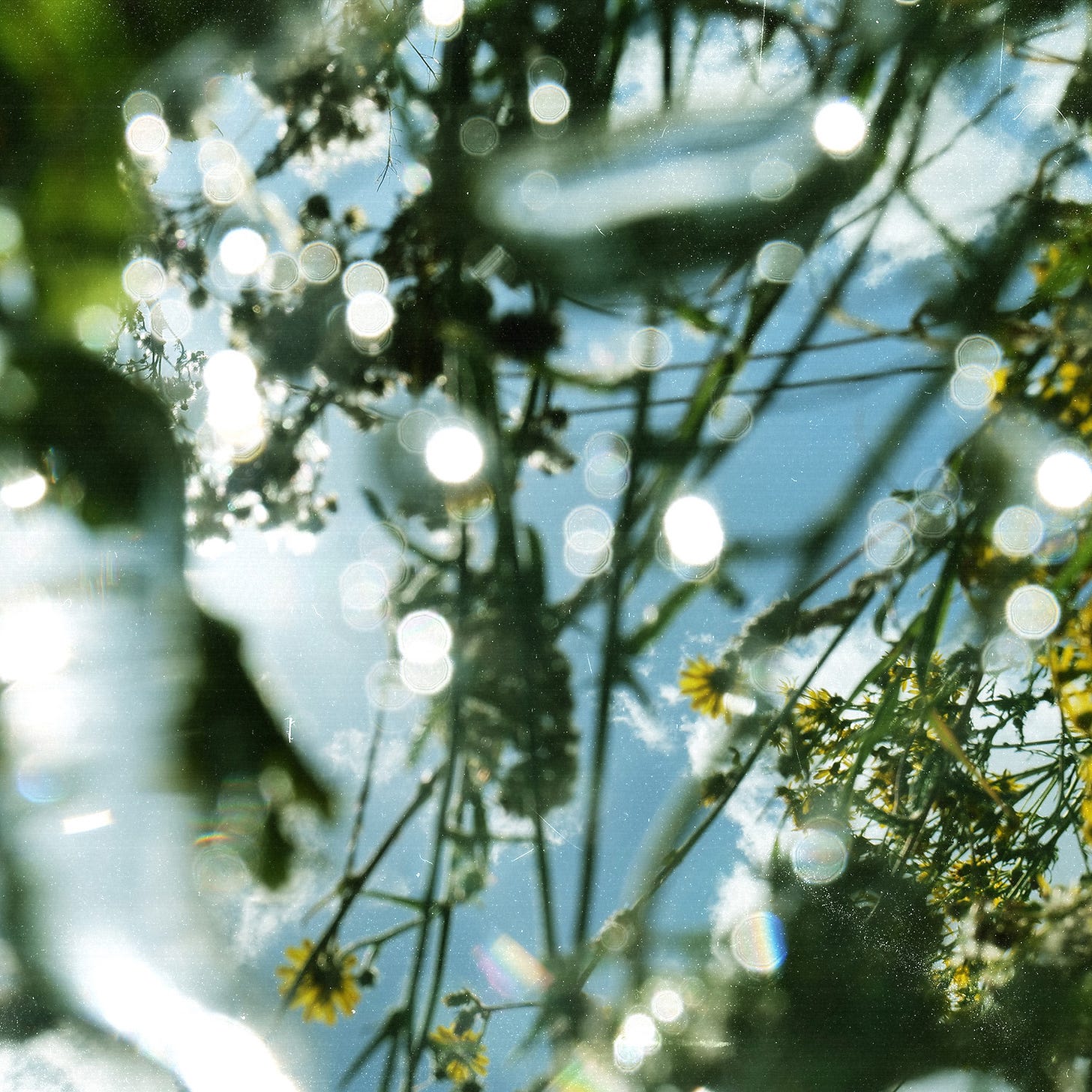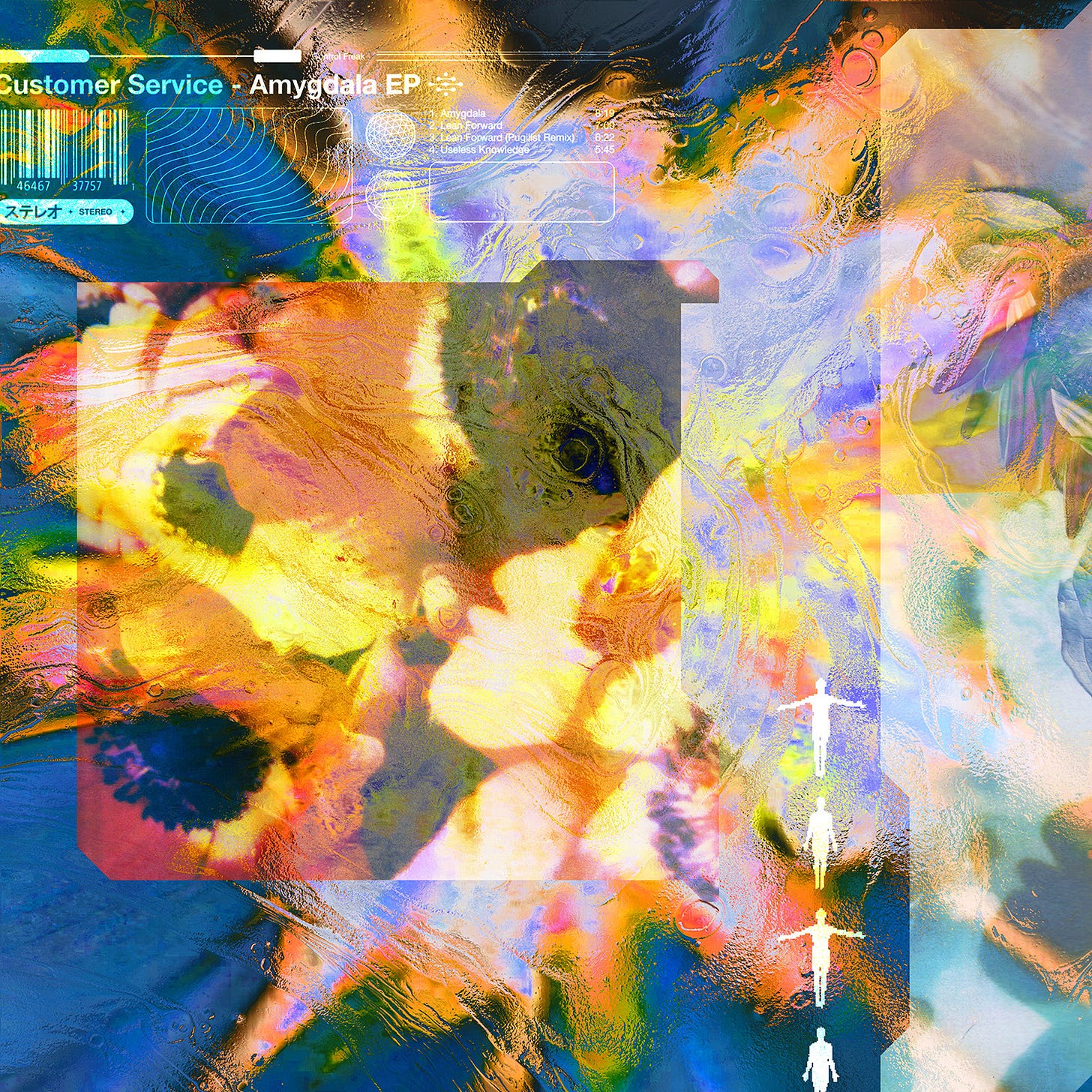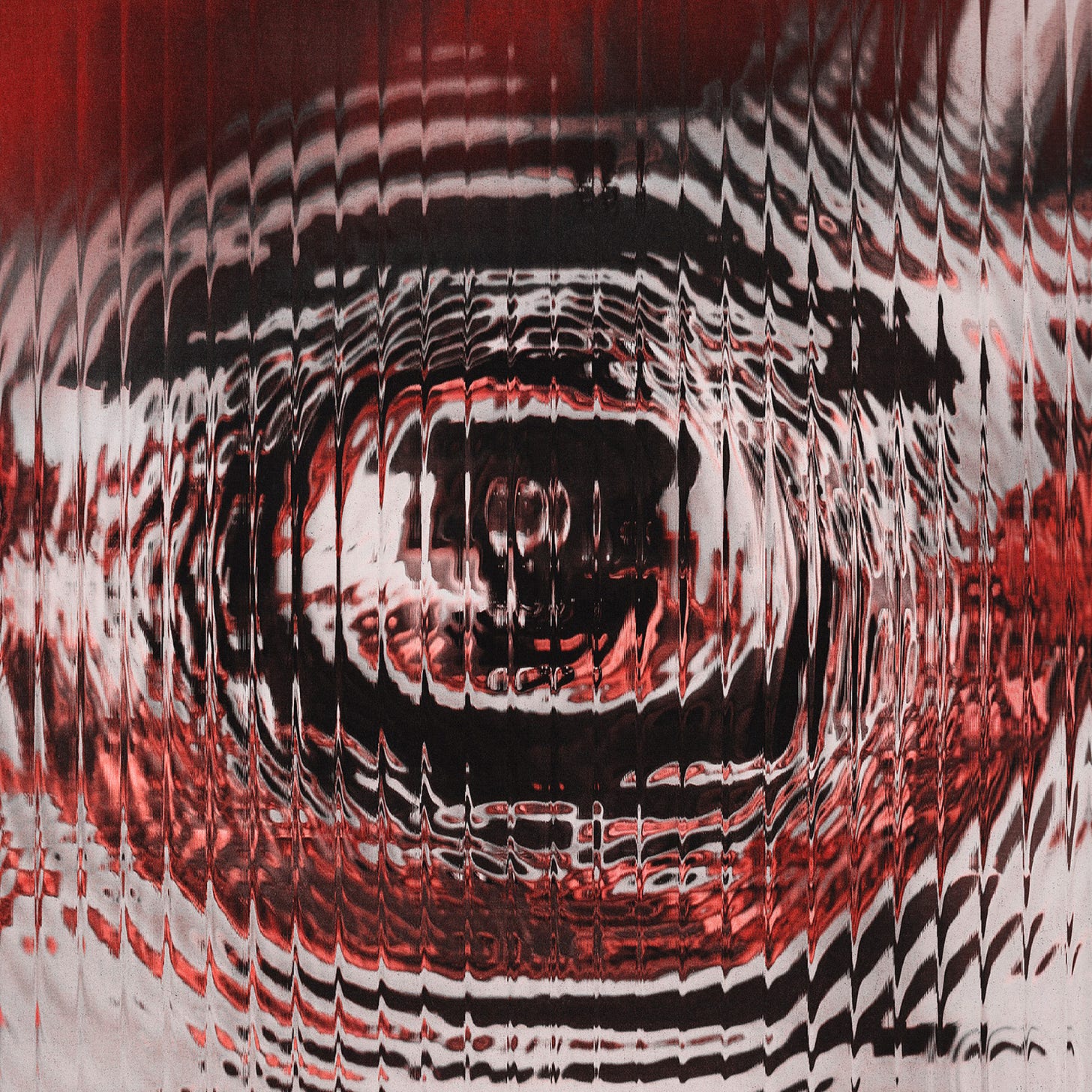Control Freak
Pushing the envelope on a series of artworks I created for the renowned techno label
When I initially started working with Will and Tal from Control Freak Recordings, I was slightly apprehensive. The London techno scene wasn’t something I was particularly familiar with, so I initially felt slightly unqualified to be their designer. However, that all changed after listening to their artists.
Most people who are familiar with my work, both musical and visual, would associate me with indie rock. However, from a young age, my interest in guitar-based music grew in tandem with my love for artists like Aphex Twin, Autechre, Squarepusher, Seefeel, and anything released on Warp Records in the 1990s. Hearing this music took me back to the age of 14, when I would listen to Selected Ambient Works on Windows Media Player and get absorbed in the visualiser.
Arguably, it’s much easier to create artwork for an indie band, or at least an artist who writes music with lyrics, as you can cherry-pick a word or phrase to use as a jumping-off point. Things become a lot more complicated with instrumental music. When I’m designing record artwork, my job as a designer is to respond intuitively and create something that becomes intrinsically attached to the music. I want to give the listener a sense of what the music sounds like before they press play, and when they do press play, I want the artwork to become synonymous with the audio. With purely instrumental music, the process became a lot less literal and more instinctual.
The first artist I worked with was called Memory Play, the project of Bristol-based artist Jo Kašpar. I read in the press release for his Choice EP that he had created these songs during a three-month writing residency in Japan, which inspired me to use suminigashi, a Japanese marbling technique, as a starting point. I had the idea of placing a tray of water onto some upturned speakers, pouring ink into the water, and using the vibrations of the music to create a unique print of the sound waves onto paper. When I overlaid some of these textures onto some stills from the music video, it created a fluid, dream-like atmosphere, as if his body was emerging from the liquid beneath. Even though the process of creating this was quite laborious, I felt like making something with my hands rather than on the computer produced a much more organic and emotional result.
Talik’s EP Wood & Water suggested retaining the theme of water, but the organic elements present in her music as well as the theme of nature in her EP title gave me the inspiration to experiment with flowers. At this time, I was working for a company that loaned me a very nice digital SLR, which I gladly took advantage of for this project. I bought some geraniums, (sadly) tore their heads off, then sprinkled them in a bath of water, allowing the floating flowers to randomly inform the composition. After much experimentation, both digital and analogue, we settled on an artwork that was fluid, flowing and fluorescent. The mini obi strip was the source of some debate. I was in favour though, as I thought it added some structure and rigidity to the composition.
Something of a theme was beginning to emerge when it came to Cabasa’s EP Bird Tool. I knew I wanted to stay in the natural world for this one, but I also wanted to continue pushing myself to experiment beyond the screen. At that point I was living in Clapton, close to Walthamstow Marshes. There are some beautiful wildflower meadows there, so on a hot summer’s day I took my digital SLR camera down to the marshes to see what I could capture. I bought some mirror panels as an additional tool to experiment with. I found that by pouring water onto the mirrored surface and taking photos through the water, I could capture a reflection of the flowers, creating a blurry, hazy image, like drunkenly laying in a wildflower meadow in the intense heat of summer.
Customer Service’s EP Amygdala gave me the opportunity to experiment in a different way. This time, I wanted to take a step out of the natural world and into the digital, responding to a less organic soundscape. Around this time, I was heavily inspired by Hackney Flowers, a project by Stephen Gill where he took flowers, seeds, berries and objects from Hackney and pressed them against base photographs to create a multi-layered visual poem of the area. I scanned several images of flowers from gardening magazines, and using offcuts from Memory Play’s EP, created a glass filter allowing the colours to refract and distort underneath. Apart from the artwork for Talik’s EP, this is the only artwork that uses text on the cover. In a similar vein, I arranged the text rigidly to add some structure to an otherwise abstract composition.
I took the theme of glass and light refraction a step further for Faulter’s EP Obstinacy. Speaking to Tal, he mentioned how he leaned into using dub-inspired analogue tape echo effects to create a lot of the sounds. This gave me the idea of using water ripples as a visual representation of this. Using a found image of a water droplet rippling outwards, I distorted the image behind glass, allowing the colours to warp and refract, representing the natural decay and distortion of tape delay.
Finally, we have Unwind & Dissolve Gently by Toupaz, due to be released July 4th. Although perhaps the most simplistic of all the artwork, this felt like the most complex to design. The result was a simple collage of two layers on top of each other; a floral image over an abstract, psychedelic texture. This artwork felt like a continuation of a theme that had developed organically over the span of two years. The natural world meeting the digital world. Layers pasted over layers, exposing new aural and visual worlds.
There are many things I’ve learned through creating artwork for these artists. Firstly, I’ve learned that I love techno music. I’ve also learned to trust in, and most importantly, enjoy the process. Pushing myself to try new techniques outside of the digital realm also allowed me to think outside of my usual workflows, producing unusual and curious results. It was also critically important to be open to experimentation, which resulted in a mass of material on the cutting room floor. These offcuts have proved immensely valuable for other projects, proving that nothing is ever really wasted. Finally, learning to work intuitively, and let my instinct guide me. Simply listening to the music and keeping my mind open has been the most valuable approach. It goes to show that sometimes the best idea is no idea.









fekkin excellent!!!!
So brilliant and so inspiring! I love every single one of these.